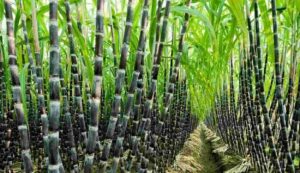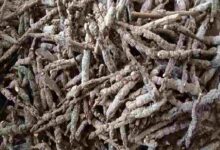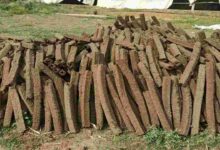Sugarcane cultivation: For 30 years this farmer is earning huge profits by cultivating sugarcane
Sugarcane cultivation: By cultivating sugarcane in a single bigha, Mahadev Gorai, a farmer from Ulgoda village in the Chas block of Bokaro, Jharkhand, is leading by example. Mahadev Gorai, a farmer, said in a special interview with the media that he has been farming in a traditional manner for the last 30 years, but he has not been making any money. Motivated by the family, he began cultivating sugarcane. He is now making three times as much money.

This harvest is bringing in a healthy profit for him
Mahadev Gorai claims that in the past, he solely grew traditional, seasonal veggies. This used to bring in very little money for him. Later on, he became more interested in cultivating sugarcane. He has been making a healthy profit from this crop ever since. Between December and January, sugarcane is in high demand in the local markets. The crop sugarcane uses comparatively less water. Nine to 10 months will pass before this crop is ready.
Hard effort and sugarcane farming techniques
Mahadev claims that trench method is often used to plant sugarcane between March and April. The sugarcane pieces are planted 40 cm apart in the form of a furrow. The most crucial step before growing sugarcane is plowing. Because the soil has to be made very soft for this. The field is extensively plowed at least 17 to 18 times for this purpose.
This is how the soil’s softness is determined
A five-foot raw pot is placed in the field’s prepared soil to test the soil’s suppleness. Sugarcane pieces are placed in the pot if it doesn’t break. After a few days, organic manure is sprayed on the sugarcane plants to make sure they continue to get nutrients on schedule. They develop well. Ten to eleven months later, the crop is harvested.
The state of the economy due to sugarcane production
Growing sugarcane in 33 decimals costs between Rs 10,000 and Rs 12,000, according to farmer Mahadev. Here, he farms between 1500 and 1600 sugarcane plants. They sell the produce at local marketplaces like Pindra Joda and Chas Haat for forty to sixty thousand rupees when it is ready. Since this profit is far more than that of conventional farming, it has improved their financial situation.

